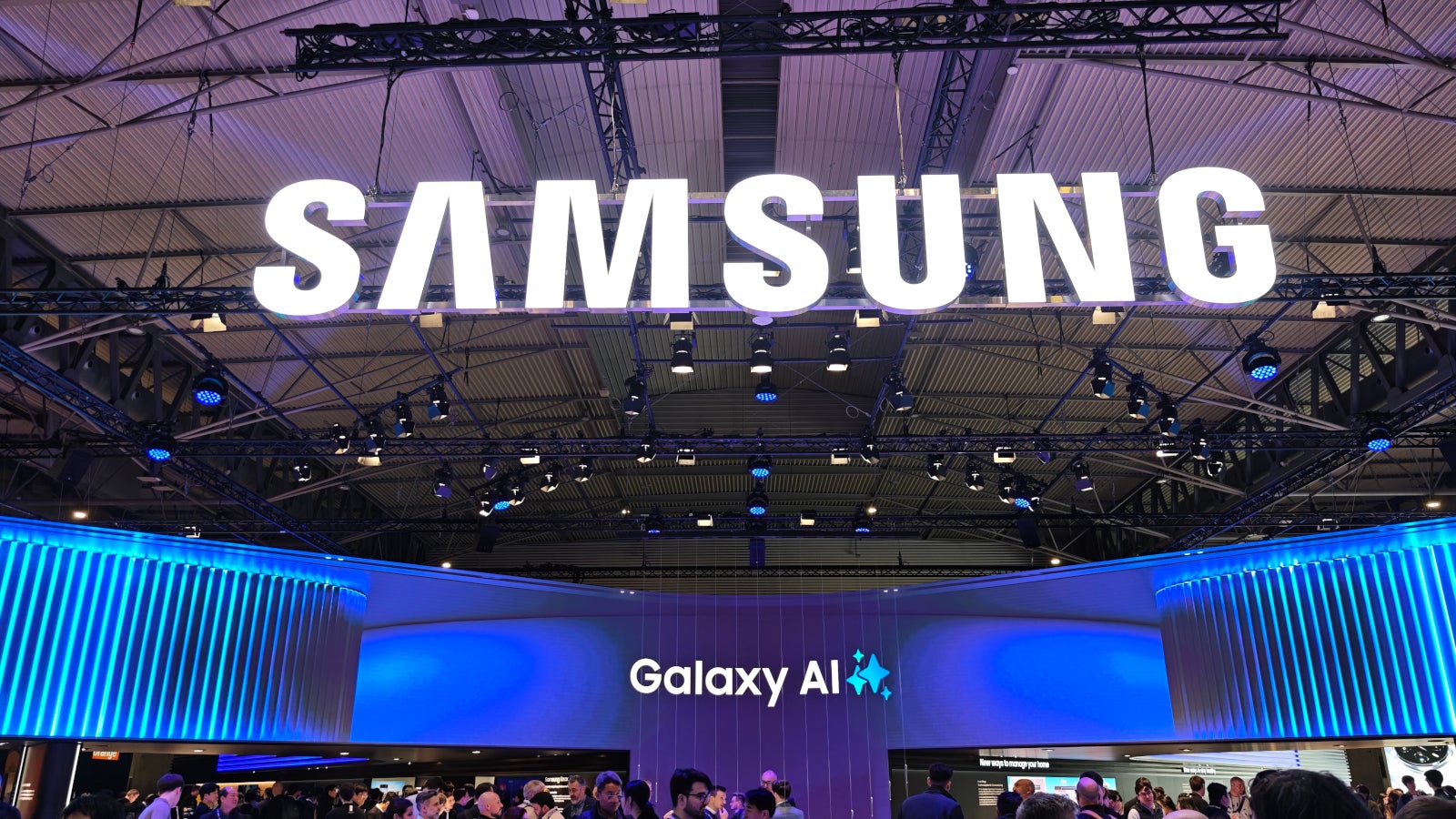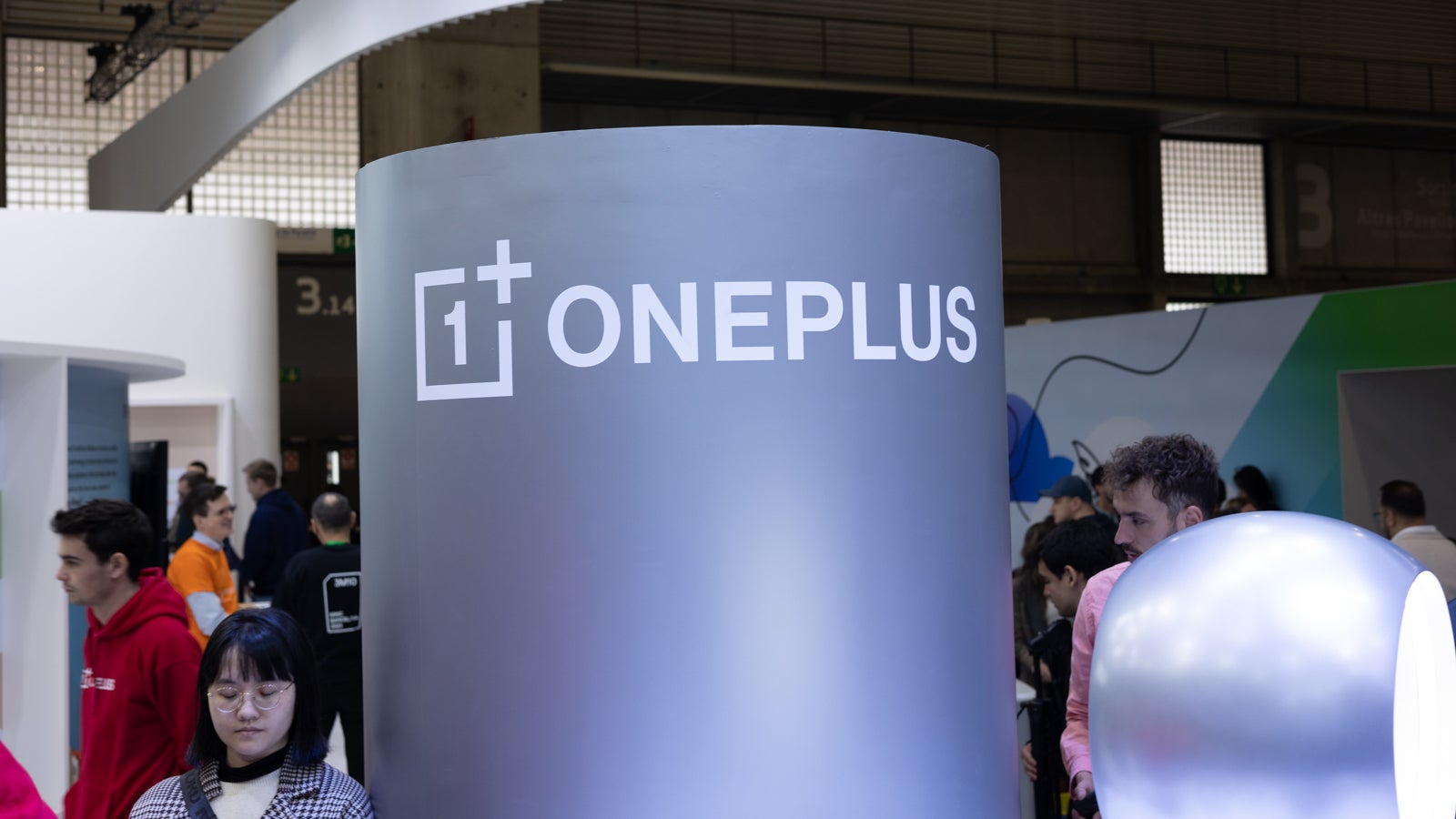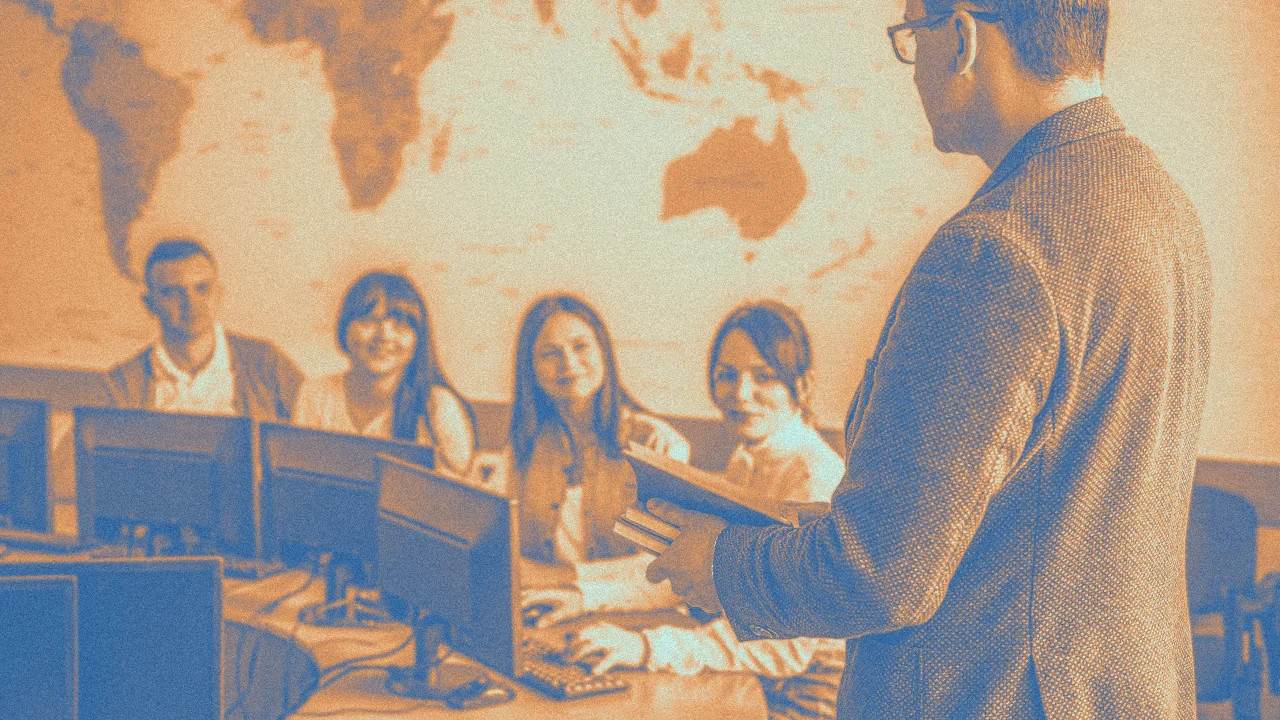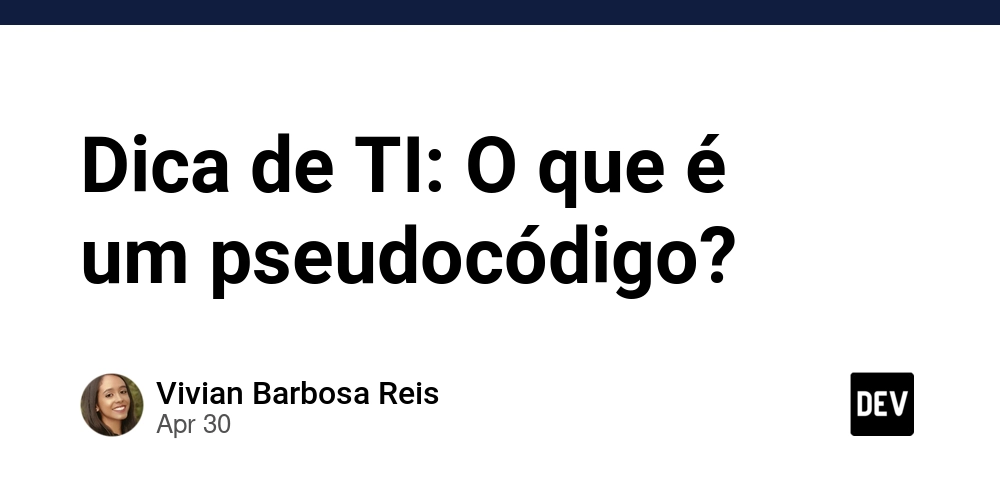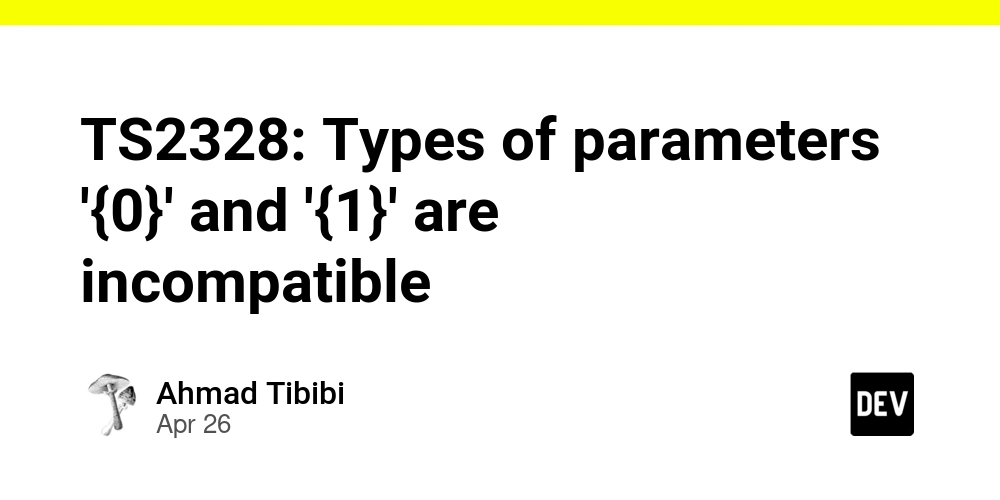Open Source Sustainability Initiatives at Deutsche Telekom: Integrating Innovation and Sustainability
Abstract: This post delivers an in-depth exploration of Deutsche Telekom’s commitment to open source as a driver of sustainability and innovation. We delve into the background, core concepts, and applications of open source technology in Deutsche Telekom’s strategic roadmap, highlighting collaborations with projects like OpenStack and Kubernetes, sustainable network infrastructures through SDN and NFV, and exciting future applications involving AI and IoT. Detailed tables, bullet lists, and structured sections provide clarity for both technical experts and SEO crawlers. For a deeper look at Deutsche Telekom’s original initiatives, visit the Original Article. Introduction The landscape of technology is evolving rapidly, and at the forefront is the open source movement, which fosters collaboration and accelerates innovation. Deutsche Telekom has taken a proactive role by integrating open source strategies into its sustainability initiatives. This integration has not only enhanced the company’s infrastructure but also built a resilient ecosystem that incorporates cloud computing, containerization, and future-forward technologies like AI and IoT. In this post, we explore how Deutsche Telekom leverages open source sustainability to drive positive change. We discuss the benefits of transparent, community-driven platforms, examine technical implementations, and outline opportunities and challenges on the road ahead. Background and Context Evolution of Open Source Open source technology operates on the principle that software source code is shared publicly. This model allows developers, companies, and community members to collaborate, innovate, and contribute improvements continuously. Key principles of open source—transparency, collaboration, and community-driven development—are detailed on the Open Source Definition. Context in Deutsche Telekom Deutsche Telekom's strategy aligns open source innovation with sustainable development by choosing initiatives that serve both technological progress and environmental stewardship. By investing in projects like OpenStack and Kubernetes, Deutsche Telekom enhances efficiency in cloud and container ecosystems, reducing energy demands and promoting a greener IT infrastructure. Open source is also central in building sustainable software-defined platforms. By adopting Software-Defined Networking (SDN) and Network Function Virtualization (NFV), which are detailed on the Open Networking and NFV websites respectively, Deutsche Telekom creates a flexible network infrastructure that can adapt to future digital needs while decreasing resource consumption. Core Concepts and Features Deutsche Telekom’s approach to open source sustainability encompasses several key concepts and features: Collaborative Platforms and Projects OpenStack and Kubernetes: Deutsche Telekom actively contributes to open source projects like OpenStack and Kubernetes, which drive cloud and container technologies forward. These platforms enable companies to deploy cloud services efficiently while ensuring interoperability and scalability. Community Engagement and Hackathons: Through sponsorships, hackathons, and community events, the company fosters a culture of innovation. This community building directly impacts sustainable software development and collaborative success. Sustainable Infrastructure SDN & NFV: By implementing SDN and NFV technologies, Deutsche Telekom has achieved a reduced energy footprint. Virtualizing network functions not only improves efficiency but also aligns with sustainable practices through resource optimization. Tokenization and Blockchain Integration: In addition to traditional open source models, Deutsche Telekom has shown interest in aligning with sustainable blockchain practices. Initiatives like sustainable blockchain practices and sustainability of open source through tokenization hint at potential financial and technical models allowing secure, decentralized funding of open source projects. Innovation and Future-Ready Technologies Edge Computing & AI: Deutsche Telekom is exploring the integration of edge computing to support real-time data processing and low latency applications. Furthermore, advanced AI frameworks, such as TensorFlow, are being considered to drive new applications in smart infrastructure and IoT, paving the way for a sustainable future. Internet of Things (IoT): In the realm of IoT, open source platforms offer significant advantages. By collaborating on IoT projects, Deutsche Telekom enhances device interoperability and data management, crucial for sustainable smart cities. Implementation and Applications Practical Use Cases Deutsche Telekom’s open source initiatives have several real-world applications: Cloud Infrastructure Optimization: By adopting platforms such as OpenStack and Kubernetes, Deutsche Telekom has streamlined

Abstract:
This post delivers an in-depth exploration of Deutsche Telekom’s commitment to open source as a driver of sustainability and innovation. We delve into the background, core concepts, and applications of open source technology in Deutsche Telekom’s strategic roadmap, highlighting collaborations with projects like OpenStack and Kubernetes, sustainable network infrastructures through SDN and NFV, and exciting future applications involving AI and IoT. Detailed tables, bullet lists, and structured sections provide clarity for both technical experts and SEO crawlers. For a deeper look at Deutsche Telekom’s original initiatives, visit the Original Article.
Introduction
The landscape of technology is evolving rapidly, and at the forefront is the open source movement, which fosters collaboration and accelerates innovation. Deutsche Telekom has taken a proactive role by integrating open source strategies into its sustainability initiatives. This integration has not only enhanced the company’s infrastructure but also built a resilient ecosystem that incorporates cloud computing, containerization, and future-forward technologies like AI and IoT.
In this post, we explore how Deutsche Telekom leverages open source sustainability to drive positive change. We discuss the benefits of transparent, community-driven platforms, examine technical implementations, and outline opportunities and challenges on the road ahead.
Background and Context
Evolution of Open Source
Open source technology operates on the principle that software source code is shared publicly. This model allows developers, companies, and community members to collaborate, innovate, and contribute improvements continuously. Key principles of open source—transparency, collaboration, and community-driven development—are detailed on the Open Source Definition.
Context in Deutsche Telekom
Deutsche Telekom's strategy aligns open source innovation with sustainable development by choosing initiatives that serve both technological progress and environmental stewardship. By investing in projects like OpenStack and Kubernetes, Deutsche Telekom enhances efficiency in cloud and container ecosystems, reducing energy demands and promoting a greener IT infrastructure.
Open source is also central in building sustainable software-defined platforms. By adopting Software-Defined Networking (SDN) and Network Function Virtualization (NFV), which are detailed on the Open Networking and NFV websites respectively, Deutsche Telekom creates a flexible network infrastructure that can adapt to future digital needs while decreasing resource consumption.
Core Concepts and Features
Deutsche Telekom’s approach to open source sustainability encompasses several key concepts and features:
Collaborative Platforms and Projects
OpenStack and Kubernetes:
Deutsche Telekom actively contributes to open source projects like OpenStack and Kubernetes, which drive cloud and container technologies forward. These platforms enable companies to deploy cloud services efficiently while ensuring interoperability and scalability.Community Engagement and Hackathons:
Through sponsorships, hackathons, and community events, the company fosters a culture of innovation. This community building directly impacts sustainable software development and collaborative success.
Sustainable Infrastructure
SDN & NFV:
By implementing SDN and NFV technologies, Deutsche Telekom has achieved a reduced energy footprint. Virtualizing network functions not only improves efficiency but also aligns with sustainable practices through resource optimization.Tokenization and Blockchain Integration:
In addition to traditional open source models, Deutsche Telekom has shown interest in aligning with sustainable blockchain practices. Initiatives like sustainable blockchain practices and sustainability of open source through tokenization hint at potential financial and technical models allowing secure, decentralized funding of open source projects.
Innovation and Future-Ready Technologies
Edge Computing & AI:
Deutsche Telekom is exploring the integration of edge computing to support real-time data processing and low latency applications. Furthermore, advanced AI frameworks, such as TensorFlow, are being considered to drive new applications in smart infrastructure and IoT, paving the way for a sustainable future.Internet of Things (IoT):
In the realm of IoT, open source platforms offer significant advantages. By collaborating on IoT projects, Deutsche Telekom enhances device interoperability and data management, crucial for sustainable smart cities.
Implementation and Applications
Practical Use Cases
Deutsche Telekom’s open source initiatives have several real-world applications:
Cloud Infrastructure Optimization:
By adopting platforms such as OpenStack and Kubernetes, Deutsche Telekom has streamlined its cloud infrastructure. This optimization results in lower energy consumption and reduced operational costs, crucial for sustainability.Network Virtualization and SDN/NFV:
The use of SDN and NFV technologies allows for adaptable, on-demand network configurations. This is particularly beneficial for managing network load and reducing energy waste across large-scale telecommunications networks.Community-Driven Innovation:
Hackathons, collaborative projects, and developer grants enable the company to tap into a wide pool of talent. Initiatives such as these drive continuous improvements in code quality and innovative applications tied to sustainable development.
Table: Key Features of Deutsche Telekom’s Open Source Initiatives
| Feature | Description | Impact |
|---|---|---|
| Open Source Projects | Contribution to OpenStack, Kubernetes | Enhances cloud scalability and reliability |
| SDN & NFV Implementation | Virtualized networking reduces physical hardware dependency | Reduces energy consumption, boosts efficiency |
| Community Engagement | Hackathons, grants, open collaboration | Fosters innovation, increases code quality |
| AI & Edge Computing Integration | Frameworks like TensorFlow applied to real-time processing and smart infrastructure | Paves the way for sustainable digital transformation |
| Blockchain and Tokenization | Integration of sustainable blockchain practices | Strengthens funding models for open source |
Challenges and Limitations
Despite the many benefits, implementing open source sustainability initiatives comes with its own set of challenges:
Code Quality and Security:
Open source projects require continuous monitoring to maintain high code quality. Contributions from a global community may introduce security vulnerabilities if not well-audited.Intellectual Property Concerns:
With the broad collaboration inherent in open source, managing intellectual property rights can be complex. Companies must resolve licensing conflicts and ensure compliance with open source licenses. Discussions on these aspects can be found in more detail in analyses such as Oracle’s open source contributions and blockchain adoption.Scalability and Integration:
Scaling open source infrastructure to meet the demands of a global telecommunications network requires robust integration and interoperability efforts. While projects like OpenStack and Kubernetes are designed for scalability, integrating legacy systems in a traditionally hardware-driven environment is a noted challenge.Adoption and Community Coordination:
Aligning the varied contributions of a global open source community under a coherent strategy involves significant project management. Coordinating development efforts, ensuring alignment with business goals, and fostering long-term sustainability require dedicated resources.
Bullet List: Key Challenges
- Maintaining code quality and security
- Managing intellectual property rights
- Scalability in large, legacy systems
- Coordinating global community contributions
Future Outlook and Innovations
The future of open source sustainability initiatives at Deutsche Telekom is promising. Several trends are likely to influence the tech landscape in the next few years:
Advancing Open Source Integration
Deutsche Telekom’s continuous investment in open source technologies points to a future where scalability and energy efficiency are enhanced through collaboration. The company is likely to further integrate cutting-edge technologies such as AI, IoT, and blockchain. As these technologies converge, they will unlock new efficiencies in both network management and service delivery.
Innovations in Blockchain and Tokenization
The potential of blockchain as a tool for open source funding and sustainable practices is significant. By embracing blockchain integration, Deutsche Telekom can ensure better transparency and financial support for open source projects. Advanced initiatives such as the future of open source with blockchain integration and sustainable blockchain practices indicate that the company is exploring innovative ways to secure funding and enforce compliance in a decentralized network.
AI-Powered and Edge Computing Solutions
Looking ahead, AI will play a crucial role in optimizing network performance. Emerging frameworks like TensorFlow enable the deployment of AI models that can predict network loads, automate maintenance, and enhance user experiences in real time. Furthermore, edge computing will allow for processing data locally, reducing latency and energy usage—a key factor in sustainable network environments.
Strengthening Community Engagement
Future trends hint at an increased reliance on community-driven projects and developer support. Initiatives such as hackathons, sponsorship programs, and crowdfunding are expected to grow, empowering developers to innovate further. The decentralized nature of open source development, coupled with models like GitHub sponsorships, can streamline everything from code maintenance to financial support for community projects.
For a deeper dive into developer incentives for open source, explore posts like Fueling Innovation and Inclusivity: The Role of Open Source Developer Grants and Stipends and the discussion on Navigating Developer Compensation Models.
Industry Collaboration and Cross-Sector Partnerships
Cross-industry collaboration is another key trend. Deutsche Telekom is well-positioned to lead initiatives that bring together stakeholders from diverse sectors—technology, energy, finance—to achieve sustainability goals. Such partnerships enable the sharing of best practices, standardizing open source contributions, and further reducing the environmental impact of large-scale tech deployments.
Summary
Deutsche Telekom’s open source sustainability initiatives demonstrate how a global telecommunications leader can integrate advanced technology with environmental responsibility. The company leverages open source projects like OpenStack and Kubernetes to optimize cloud infrastructure, uses SDN and NFV to lower energy consumption, and strives toward an innovative future with AI, IoT, and blockchain.
Key takeaways include:
- Open source collaboration underpins a sustainable and innovative technology ecosystem.
- Deutsche Telekom’s emphasis on network virtualization and community-driven development enhances resilience and efficiency.
- Despite challenges in managing code quality, intellectual property, and scalability, the potential for further integration of AI and blockchain is significant.
- Future developments will likely witness deeper industry collaborations, improved developer funding models, and enhanced transparency through tokenization.
For further reading, consider exploring additional insights on open source funding and community engagement in articles like Revolutionizing Digital Innovation: Nifty Gateway and Tokenized Open Source Licensing for the Future and Gitcoin: Bridging Open Source, Blockchain, and Sustainable Funding.
Conclusion
In summary, Deutsche Telekom’s commitment to open source sustainability is visionary. The company not only embraces the open source philosophy but also applies it to real-world infrastructures that improve efficiency, reduce energy consumption, and foster innovation. By integrating advanced technologies with community-driven development, Deutsche Telekom sets an example for how large enterprises can contribute to a sustainable future.
This forward-thinking approach underscores the importance of open source in today’s technical and environmental landscape. The blend of technical innovation, sustainability, and community engagement provides a model that other organizations can emulate. Whether through enhanced cloud platforms, edge computing solutions, or innovative blockchain integrations, the future of sustainable technology is open, collaborative, and bright.
For more details and the original insights on these initiatives, please visit the Original Article and explore Deutsche Telekom’s broader sustainability mission at their corporate responsibility page.
By understanding and capitalizing on open source principles, Deutsche Telekom continues to drive technological advancement in a way that benefits both the community and the environment, setting a benchmark for sustainable and innovative practices in the industry.










































































































































































![[The AI Show Episode 146]: Rise of “AI-First” Companies, AI Job Disruption, GPT-4o Update Gets Rolled Back, How Big Consulting Firms Use AI, and Meta AI App](https://www.marketingaiinstitute.com/hubfs/ep%20146%20cover.png)












































































































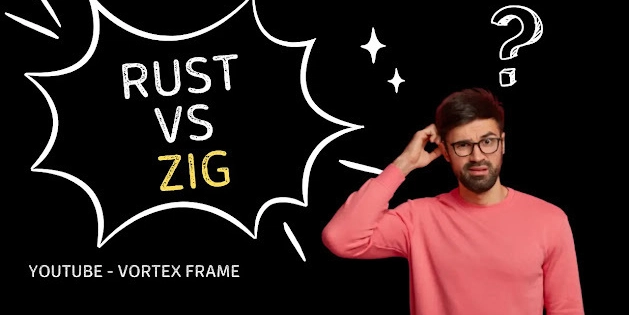
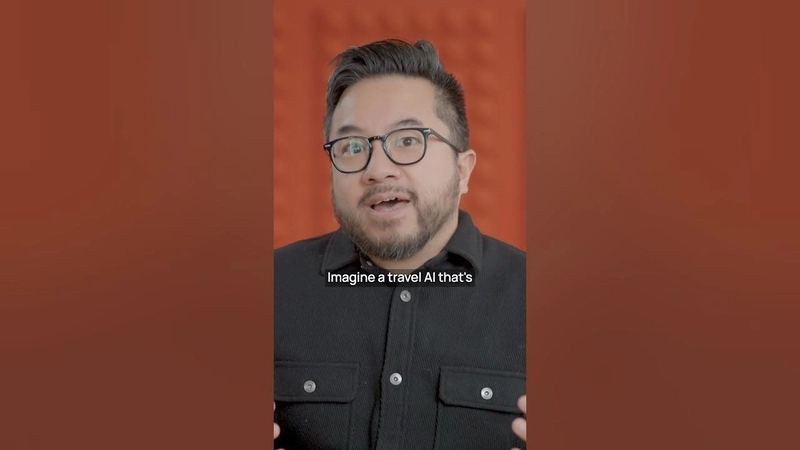













![[FREE EBOOKS] Offensive Security Using Python, Learn Computer Forensics — 2nd edition & Four More Best Selling Titles](https://www.javacodegeeks.com/wp-content/uploads/2012/12/jcg-logo.jpg)



![Ditching a Microsoft Job to Enter Startup Purgatory with Lonewolf Engineer Sam Crombie [Podcast #171]](https://cdn.hashnode.com/res/hashnode/image/upload/v1746753508177/0cd57f66-fdb0-4972-b285-1443a7db39fc.png?#)





























































.jpg?width=1920&height=1920&fit=bounds&quality=70&format=jpg&auto=webp#)
































































































































































-xl.jpg)







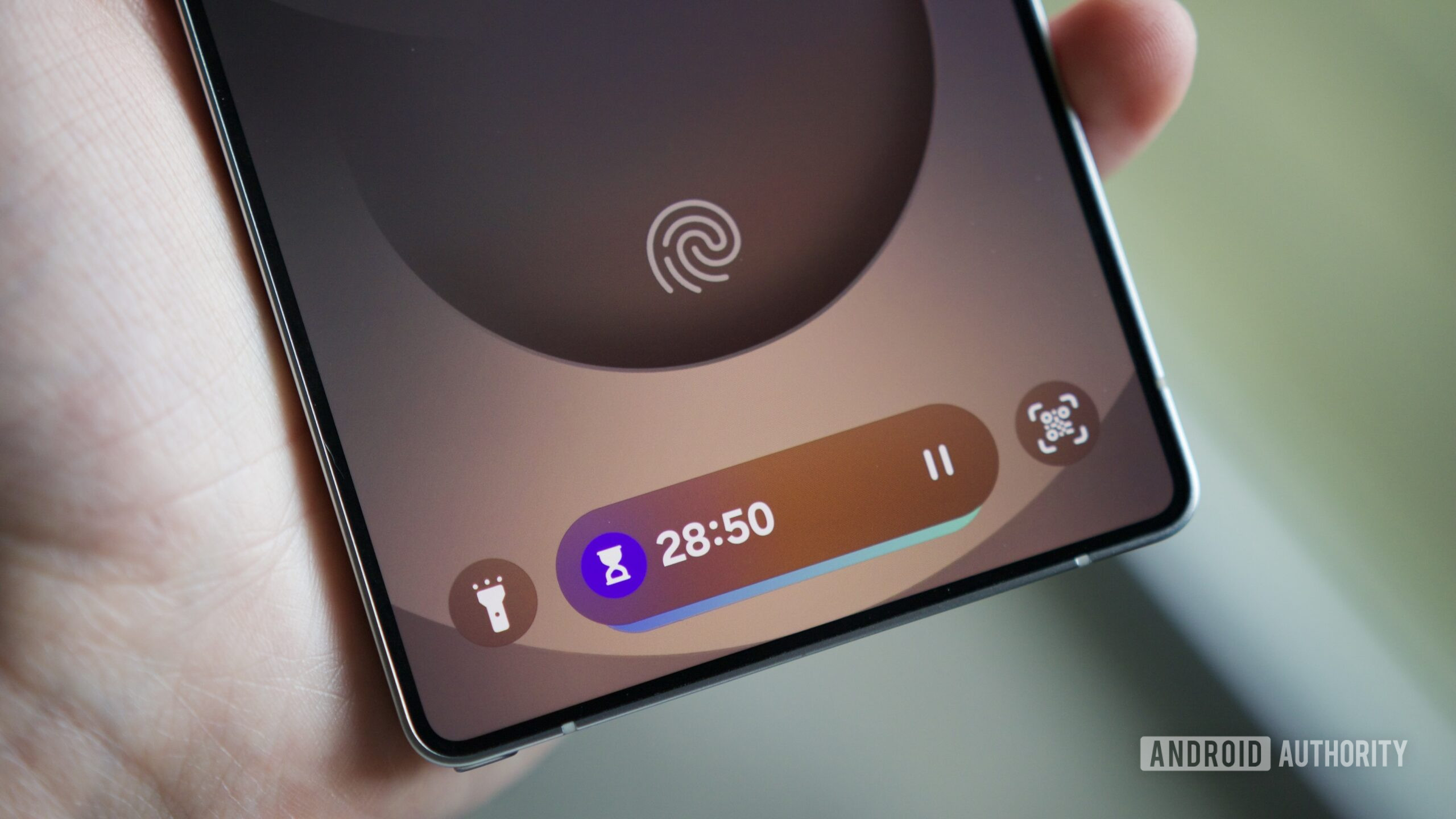




















![New iPad 11 (A16) On Sale for Just $277.78! [Lowest Price Ever]](https://www.iclarified.com/images/news/97273/97273/97273-640.jpg)

![Apple Foldable iPhone to Feature New Display Tech, 19% Thinner Panel [Rumor]](https://www.iclarified.com/images/news/97271/97271/97271-640.jpg)
















































